Understanding the Importance of Water Well Pipe Selection for Safe Water Access
The selection of appropriate water well pipe is crucial for ensuring safe and reliable access to water resources. As communities continue to confront challenges related to water scarcity and contamination, understanding the intricacies of well construction and the materials involved becomes more imperative than ever. Water well pipes play a significant role in the structural integrity of a well, affecting not only the quality of the water extracted but also the longevity of the system. Selecting the right type of pipe, considering factors such as material, diameter, and depth, can mitigate risks associated with pollutants and environmental changes.
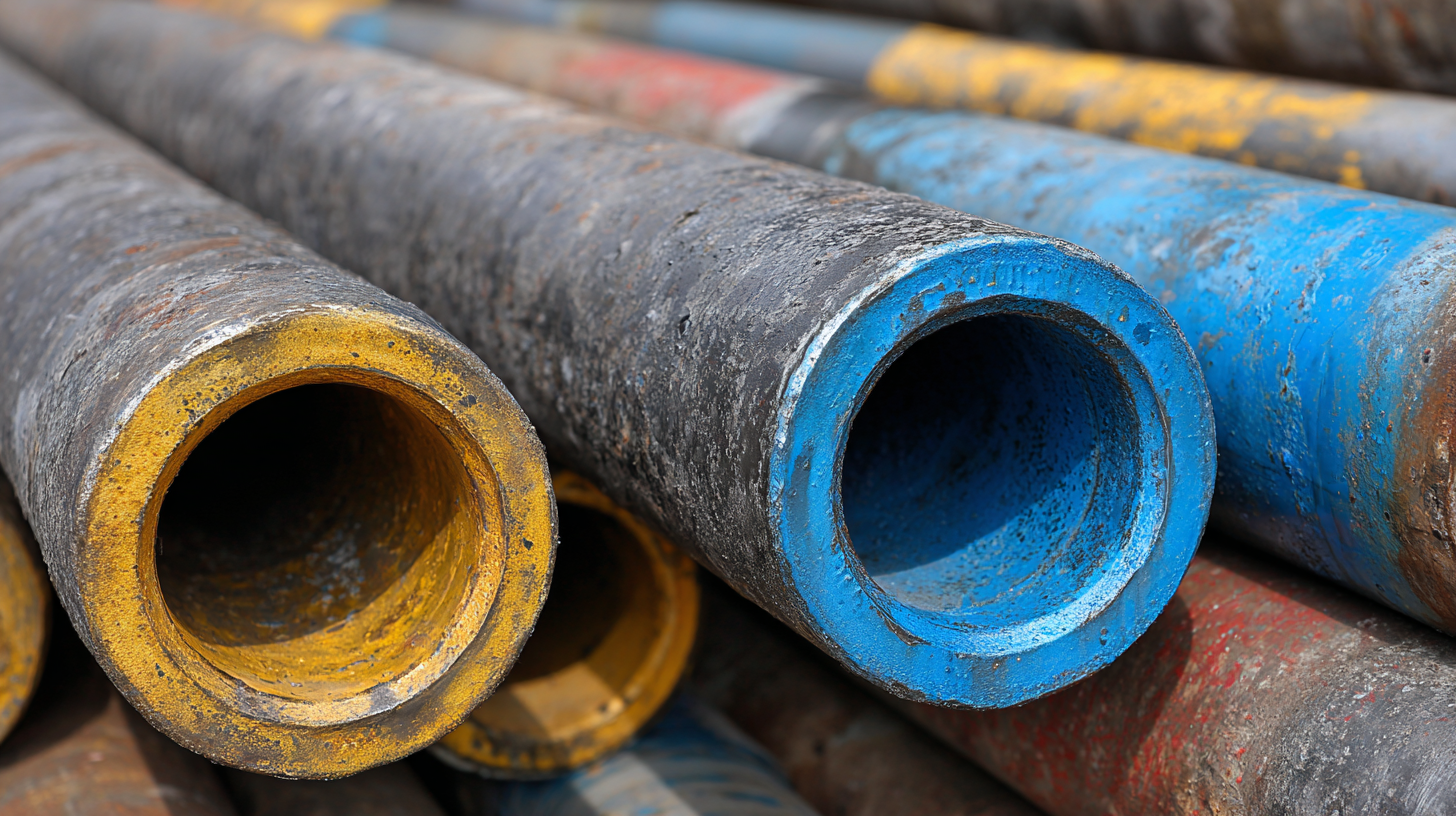
This article aims to delve into the significance of water well pipe selection, exploring the best practices and innovative solutions that can enhance access to clean water. As we navigate the complexities of water well systems, it becomes increasingly evident that informed choices in pipe selection are essential for the sustainability and safety of our water supply.
Key Factors to Consider in Water Well Pipe Selection
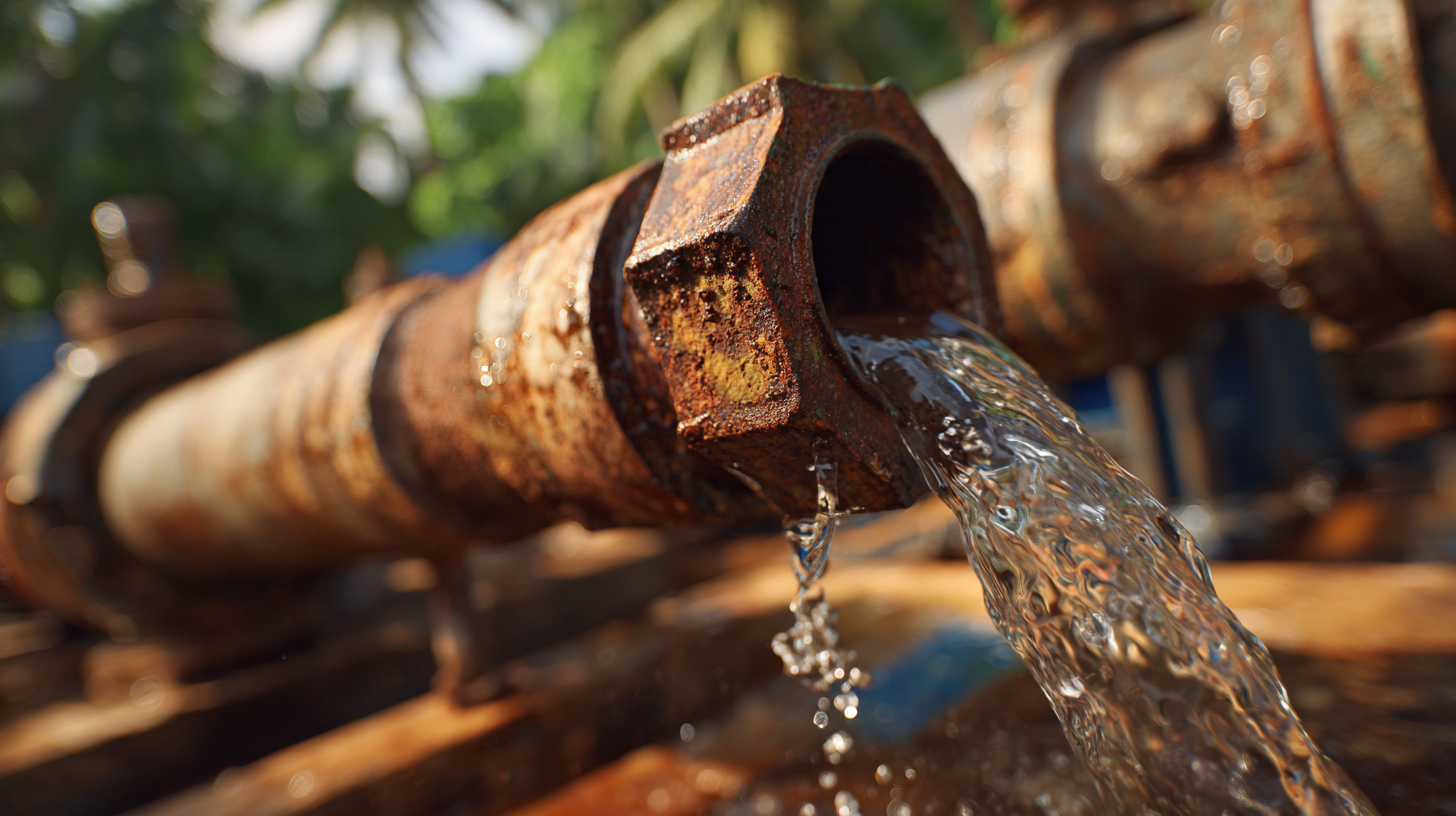 When it comes to ensuring safe water access through wells, selecting the right pipe is crucial. One major factor to consider is material durability. According to the National Ground Water Association, the most commonly used materials include PVC, steel, and polyethylene. Each of these has its pros and cons; for instance, PVC is lightweight and resistant to corrosion, making it a popular choice in areas with aggressive water chemistry, while steel, though heavier, offers robustness and longevity in high-pressure environments.
When it comes to ensuring safe water access through wells, selecting the right pipe is crucial. One major factor to consider is material durability. According to the National Ground Water Association, the most commonly used materials include PVC, steel, and polyethylene. Each of these has its pros and cons; for instance, PVC is lightweight and resistant to corrosion, making it a popular choice in areas with aggressive water chemistry, while steel, though heavier, offers robustness and longevity in high-pressure environments.
Another key consideration is pipe diameter, which directly affects water flow rates. The American Water Works Association indicates that larger diameters can minimize pressure loss and improve flow efficiency, particularly in applications that require high capacity. Additionally, local regulations and zoning laws often dictate specific standards for well construction, which can impact pipe selection. It’s imperative to be aware of these guidelines to ensure compliance and safety for end-users. Ultimately, making informed choices in water well pipe selection not only guarantees safe water access but also fosters sustainable water management practices.
Types of Materials Used for Water Well Pipes and Their Benefits
When it comes to ensuring safe water access from wells, the selection of the right pipe material is crucial. Various types of materials each offer unique benefits that can impact both water quality and system longevity. For instance, PVC (polyvinyl chloride) pipes are widely used due to their lightweight nature, corrosion resistance, and cost-effectiveness. According to a report by the American Water Works Association, PVC pipes can last over 50 years when properly installed, making them a popular choice for many well projects.
Another common material is stainless steel, known for its durability and ability to withstand extreme temperatures. It is particularly beneficial in areas with high levels of acidity or salinity in the water, as it resists corrosion significantly better than other materials. The National Ground Water Association reports that stainless steel pipes can exceed 100 years of service life, which can greatly reduce replacement costs and service interruptions in the long term. These advantages make both PVC and stainless steel valuable options for water well construction, providing robust solutions tailored to diverse environmental conditions and regulatory standards.
Understanding the Importance of Water Well Pipe Selection for Safe Water Access
| Pipe Material | Advantages | Disadvantages | Typical Uses |
|---|---|---|---|
| PVC | Lightweight, corrosion-resistant, cost-effective | Not suitable for high temperatures | Shallow well applications |
| Steel | Strong and durable, higher pressure tolerance | Corrosion prone unless coated | Deep well applications |
| Copper | Antimicrobial properties, long-lasting | High cost, can corrode in acidic water | Underground water systems |
| HDPE | Flexible, resistant to chemicals and UV | Lower pressure tolerance compared to steel | Irrigation and drainage systems |
Understanding the Impact of Pipe Diameter on Water Flow and Quality
The selection of water well pipes is critical for ensuring safe and efficient access to water, particularly when considering the pipe diameter's influence on water flow and quality. Recent studies highlight that smaller diameter pipes can significantly impact flow velocity and, consequently, water quality. Higher flow velocities in narrower pipes can enhance biofilm activity—a layer of microorganisms that can develop in water systems—thus increasing the potential for pathogen emissions and nitrification issues. This means that proper pipe selection is essential not only for ensuring adequate water supply but also for maintaining the overall safety and quality of the drinking water.
Moreover, the importance of a continuous and reliable water supply cannot be overstated. In locations where intermittent water supply is prevalent, biofilm detachment can disrupt microbial stability, posing further risks to water quality. As municipalities face challenges such as aging infrastructure and funding shortages—presenting a looming $452 billion dilemma in the U.S. and Canada—the need for meticulous pipe selection and regular maintenance has never been more urgent. It underscores the intricate relationship between pipe design, water distribution efficiency, and public health outcomes in communities reliant on stable water access.
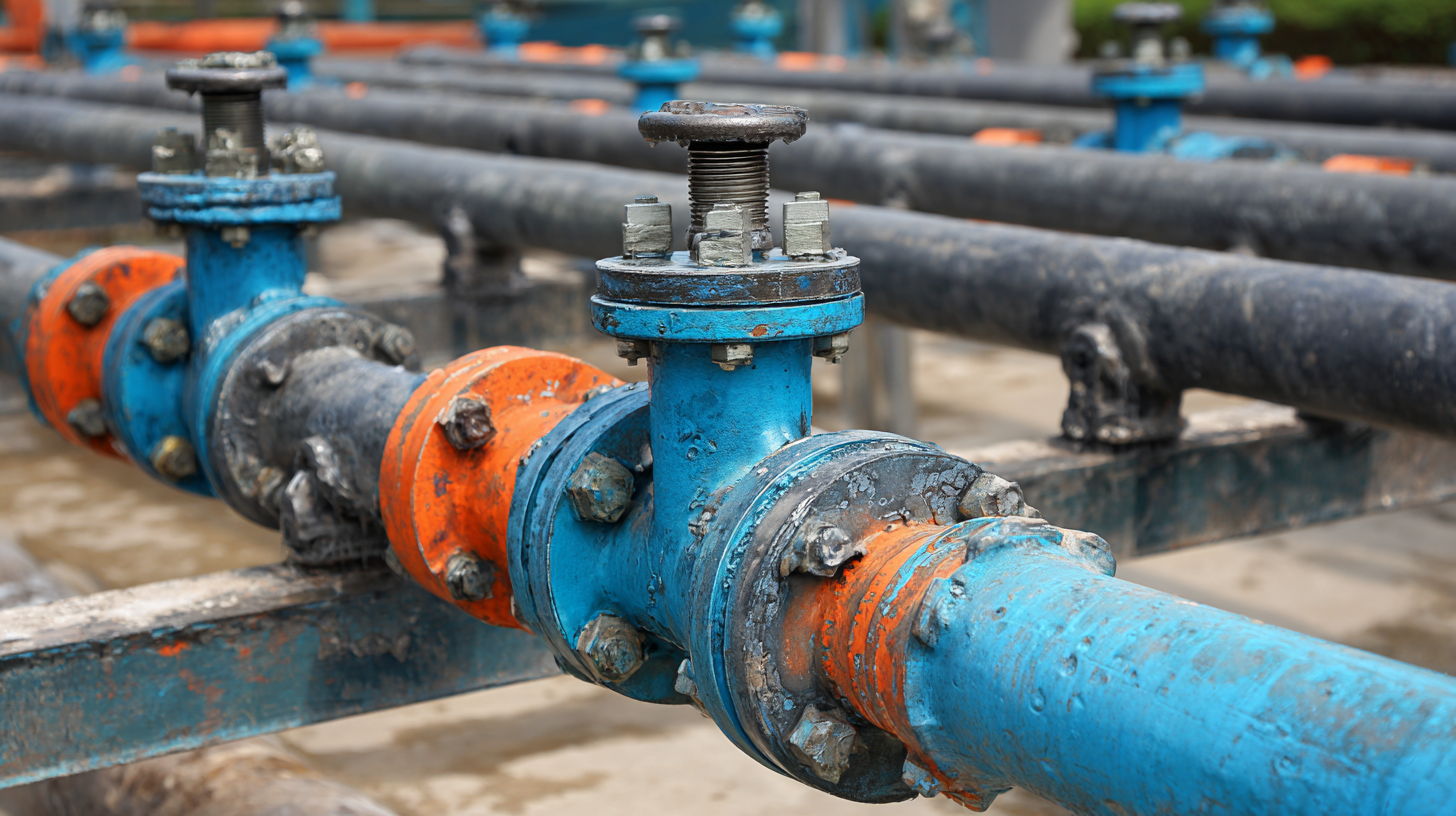
Evaluating Longevity and Maintenance Needs of Different Pipe Options
When selecting water well pipes, it's vital to evaluate the longevity and maintenance needs of various materials to ensure safe water access. Different pipe options, such as PVC, polyethylene, and steel, offer unique advantages and challenges. For instance, PVC pipes are known for their resistance to corrosion and lightweight nature, which contributes to easier installation. However, they may not withstand extreme temperatures as well as other materials, potentially reducing their lifespan.
In contrast, steel pipes are robust and durable, making them suitable for high-pressure applications and harsher environments. Nevertheless, they require regular maintenance to prevent rust and corrosion. On the other hand, polyethylene pipes are flexible and resistant to a variety of chemicals, which enhances their longevity. However, they can be sensitive to UV exposure, necessitating protective measures. Carefully considering these factors helps ensure that the chosen pipe material meets both the longevity expectations and maintenance requirements, ultimately leading to reliable and safe water access for users.
Best Practices for Installation and Maintenance of Well Pipes
Choosing the right water well pipe is critical for ensuring safe and reliable water access. Once the appropriate material and diameter are selected, proper installation techniques become paramount. It’s essential to ensure that the well casing is installed vertically and is adequately supported to prevent collapse. Using certified contractors or having experienced personnel assist in the installation process can significantly reduce the risks associated with improper fitting. Proper sealing at the wellhead is also crucial to prevent contaminants from entering the water supply.
Maintenance of well pipes is equally important for longevity and water quality. Regular inspections should be conducted to check for signs of wear, sediment buildup, or corrosion. Any issues identified during inspections should be addressed promptly to prevent more significant problems. Additionally, maintaining a clean and protected well site can reduce the risk of surface water contamination. Implementing routine flushing and testing of water quality will further ensure the well remains a safe source of drinking water. These best practices contribute to the overall effectiveness and lifespan of the well system, promoting safe water access for many years to come.
Related Posts
-

Essential Well Pump Supplies: Maximizing Efficiency and Longevity for Your Water System
-

Essential Water Well Supplies: Ensuring Sustainable Water Access with 87% Efficiency in Groundwater Usage
-

Understanding the Benefits and Applications of PVC Water Pipes in Modern Plumbing Systems
-

Essential Guide to Choosing the Right Water Well Supplies for Sustainable Water Management
-
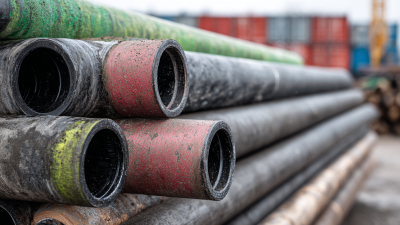
The Evolution of Plastic Pipe: Sustainable Solutions for Modern Infrastructure
-
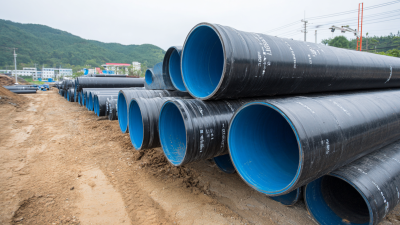
Exploring the Latest Innovations in Pipe Supplies: What You Need to Know for Your Projects
